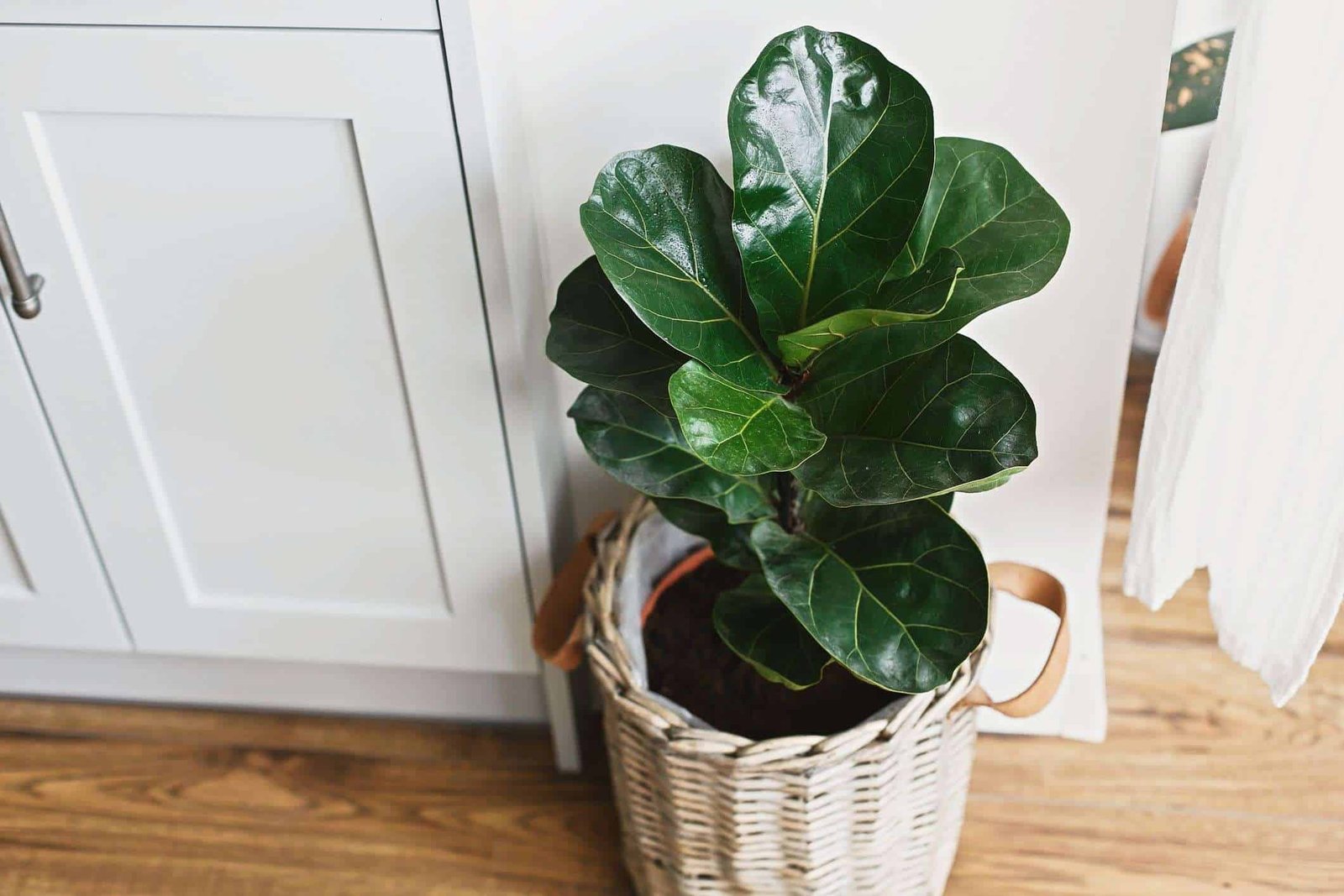If you want to move big and small plants, you’ll want to avoid tipping them over and breaking their ceramic pots. Try wrapping the pot only, leaving the plant unwrapped. No time
to wrap? Nestle the pots close together. Place plants in one box and leave the lid
open, so you’ll know where your plants are at all times. Pack them last and place
them on top of other boxes, as they are the most fragile thing. Better yet, keep them
in the front seat, and depending on the season, give your plants some cooling A/C or
some warming heat. When you move big and small plants, and you’d rather get your small plants delivered to your new
address, make sure you pack them properly in a box padded with newspaper.
When you move big and small plants, the tops of your plants are delicate; pad them with shredded newspaper or tissue paper.
Label the “up” side of the box and indicate that the contents are fragile, That way,
delivery person handles them with care. Mailing is a great option for small, stronger plants
like a snake plant, but not so great for delicate orchids. Hanging plants are easiest to
move as you can most likely hang them up in the front seat. For longer distances, it
It is possible to ship them, but the risk of damage can be high.
Moving Large Plants
When moving large plants, you’ll want to take similar steps as you would with small
plants. Try taping cardboard over the soil so that it does not spill over during the
move. Taller plants can end up tilted or slightly uprooted, meaning you’ll want
to replace plants once they’re settled in their new space. Wrap your pots in
newspaper to avoid scratches. If you are transporting large plants that do not fit upfront, be sure no other boxes can accidentally slide and crush your plants on the
drive over. Try binding sprawling parts together with twine to keep them compact for
transit.
What is the Best Way to Move Plants When Packing Up for a Move?
When preparing for a move, it’s essential to prioritize the safety and well-being of your plants. Properly packing your plants is crucial to ensure their survival during the journey. Here are some useful packing tips for moving your plants: Trim back any excessive foliage, water them thoroughly a few days before the move, and securely wrap the pots in plastic to avoid spills. Place them in sturdy boxes, making sure they fit snugly, and label them as “fragile.” Remember to keep the temperature stable and minimize direct sunlight exposure throughout the moving process.
FAQs for Moving Big and small Plants
Q1: What is the best way to move small plants without damaging them?
A1: To move small plants safely, wrap the pots while leaving the plants unwrapped. Nestle the pots close together in a box, leaving the lid open for visibility. Pack them last, place them on top of other boxes, or keep them in the front seat with appropriate temperature control. For delicate plants, use padded boxes with labeled “up” sides.
Q2: Can I mail small plants to my new address?
A2: Yes, you can mail small, sturdy plants like snake plants. Pack them in a box padded with newspaper, and label the box as fragile. However, mailing is not recommended for delicate plants like orchids.
Q3: How should I prepare hanging plants for a move?
A3: Hanging plants are relatively easy to move. You can hang them in the front seat of your vehicle. For longer distances, shipping is possible, but be aware of the high risk of damage.
Q4: What precautions should I take when moving large plants?
A4: When moving large plants, tape cardboard over the soil to prevent spillage. Wrap pots in newspaper to avoid scratches. Bind sprawling parts with twine for compact transit, and ensure no other boxes can slide and crush the plants during the move.
Q5: Is it necessary to repot plants after moving?
A5: It may be necessary to repot taller plants after moving, as they can end up tilted or slightly uprooted during transit.
Q6: How can I ensure my plants survive a long-distance move?
A6: For long-distance moves, ensure plants are securely packed and protected. Maintain appropriate temperature control, especially for sensitive plants. Consider shipping options for plants that can’t be moved in a vehicle, but be aware of the risks involved.
Q7: What should I do if my plant gets damaged during the move?
A7: If a plant gets damaged, trim any broken parts and repot it if necessary. Provide proper care and give it time to recover. If the damage is severe, consult a gardening expert for advice on revival techniques.
For more information please visit www.bwmovers.co.za/





